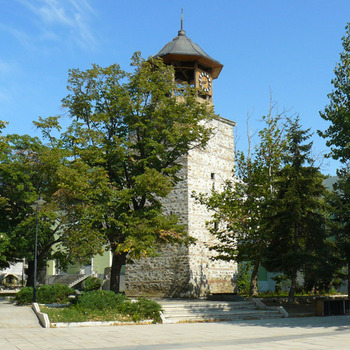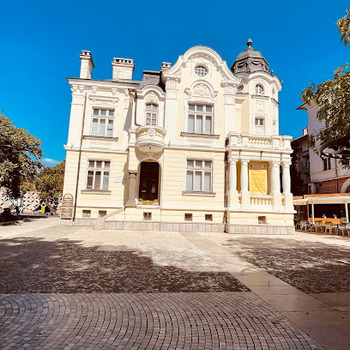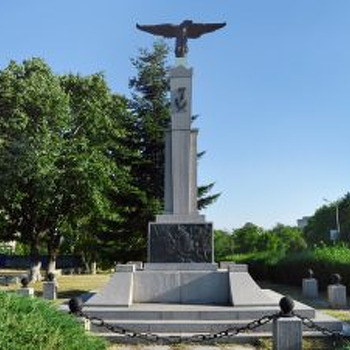National Museum of Textile Industry-Sliven
Overview
The Museum of the Textile Industry is a specialized museum that preserves and presents cultural values related to the Bulgarian textile industrial cultural heritage, the history and development of textile equipment and technology and the role of Sliven in the economic development of our country. In the first half of the 19th century Sliven developed as a major industrial center in Bulgaria, then within the Ottoman Empire. In 1834 Dobri Zhelyazkov started the factory textile production in the country. Then in Sliven he founded the first textile factory on the Balkan Peninsula. Its building, along with that of the neighboring textile school, opened in 1906, have been declared cultural monuments. Currently, the old school has become the only "Museum of the Textile Industry" of its kind in Bulgaria. The collection was opened in 1984 on the occasion of the 150th anniversary of the company. It has over 3000 exhibits that form 36 large collections, as well as a rich library. It is part of the 100 national tourist sites, and since 1998 it has been a member of the European Textile Network. The exposition presents the origin and development of textile production and crafts from ancient times to the 70s of the 20th century. The exhibition is arranged in chronological order in eight large halls, where you can see the most primitive devices and far more advanced technologies from the recent past. The most important part for the visitors is the dynamism during the viewing. Much of the equipment in the museum is working and this allows a demonstration in 27 places in the halls. The collection can be considered in two directions - manual and factory production. The tour starts from the second floor of the building and passes to the first, where the big machines are located. The section "Handmade" introduces us to the techniques and devices used by masters from ancient times, around 7 thousand BC, to the significantly improved work process in the 19th century. Among the most primitive tools related to production the fabrics are the spurs and spindles, which have been an integral part of a woman's household utensils for hundreds of years. The oldest loom in the exhibition is a vertical loom, which dates from 7,000 BC. Along with it there are many other weaving and spinning tools such as a loom with bark and comb, pedal loom, spinning wheels and wheels. Emphasis is placed on one of the first ingenious inventions in this field - a loom with a "flying shuttle", created by John Kay in 1733. Another revolutionary discovery is the loom for figural weaving, which for the first time uses a working program for the loom, which each thread is controlled individually. There is a place for textile crafts, which have been developing in Bulgaria since the 15th century. Here you can see the way of silk production and the wrapping of silk threads from cocoons. Abadjiystvo and gaitandzhiystvo are among the main livelihoods of the Bulgarian population and the museum has a place for them. Along with them is basmadzhiystvo, which today we call stamping. Attention is also paid to the less common craft - mutafchiystvo, which deals with the manufacture of coarse products from animal fur - "goats". Last but not least is the carpet weaving, which has become a tradition in some areas of the Sliven region. There is a separate section dedicated to the founder of the Bulgarian textile industry Dobri Zhelyazkov - The Fabricator, who created in 1834 the first textile factory in the Balkans, located next to the museum building. Factory production is represented by an impressive collection of spinning, weaving and knitting machines of a new generation. Among the facilities are a German spinning machine for wool yarn and an English spinning machine for cotton yarn. Impressive is the pedal loom of the company "Hattersley-Crompton", which is the first mechanical weaving machine imported into Bulgaria. In a separate hall are presented the Bulgarian representatives of the textile industry - ribbon weaving machine, the first Bulgarian automatic weaving machine "Yantra", the pneumatic machine and many others. He later left the Bulgarian technology "Prenomit" in the world textile production, which is patented in over 20 countries. Visitors can see the first machine for spectacular yarns, created by Bulgarian specialists.
Recommended
- Sliven Art Gallery
- Hadji Dimitar House Museum
- House Museum Sliven Life
- Dobri Chintulov House-Museum
- Tuida Fortress


 Bulgarian
Bulgarian Romanian
Romanian




